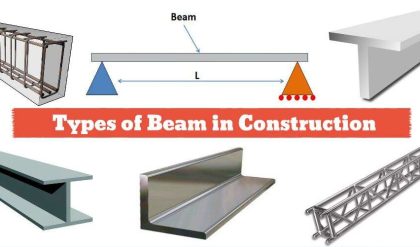Wood has a wide range of physical and mechanical properties. These properties, and the correlations between them, vary from species to species and depend on growth conditions such as climate and forest management. Properties of wood also vary within the tree, since the tree grows according to its own biomechanical needs – which vary over time. The degree of variability is such that two pieces of the same tree can be more different, in terms of the key mechanical and physical properties for construction, than two pieces of different species.
Structural engineering is about ensuring that buildings are safe and remain fit for use. This involves ensuring that structural timber has adequate properties to meet the performance expected of it in the design. So, when structural timber is produced, the key properties need to be assessed in order to ensure structural safety, and economic use of the material.
Strength grading is a non-destructive assessment that identifies and rejects the poorer pieces of timber to improve and guarantee the properties of what is passed. It uses information about the piece of timber to predict strength, stiffness and density without causing damage to the timber.
For historical and practical reasons, strength grading is done according to two approaches: visual strength grading and machine strength grading. The underlying principle is, however, the same for both. Visual strength grading works by assessing features such as the size and position of knots and the slope of grain. For machine grading, the range of predictive techniques has been expanding from the original mechanical stiffness measurements (bending graders) to incorporate a range of sensing technologies including moisture content, density, x-ray scanning, acoustic velocity, slope of grain and digital image recognition. In both cases, the grading process is underpinned by destructive testing data. As technologies improve, so does the speed and mechanical reliability of the machines, accompanied also by improved grading predictions and, as a result, better yields.

The process of grading ensures that the timber that is passed has, collectively, at least the properties specified for the grade. There will still be variation in the properties of the pieces of timber that have passed, but this has been quantified by the grading. Even though grading decisions are made piece by piece, the properties of a grade are statistical descriptions of the graded population. They are not, and cannot be, actual or minimum possible properties of any individual piece. This is why it is incorrect to regrade timber without taking special steps to account for the original grading.
A strength class is a standard set of strength, stiffness and density properties that provide a convenient means of specifying structural timber. So, when timber is graded, it is usually assigned to a strength class which it is at least as good as. The strength classes C16 and C24, commonly used in the UK, are two of the strength classes defined in the European Standard EN 338. This standard contains many other classes including ones for temperate and tropical hardwoods, and for tension elements. Not all strength classes are in EN 338 – for example TR26, commonly used in the trussed rafter industry. The EN 338 strength classes are just a convenience for general trade. In Europe, any organisation can define their own strength class, if their test data supports it, better suited to the timber resource or the application. The properties of timber can also be directly specified in the Declaration of Performance without reference to a strength class at all.



